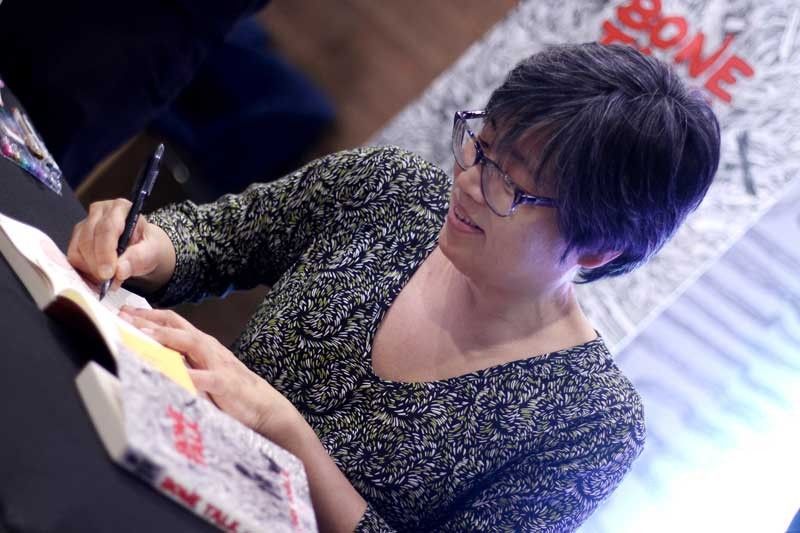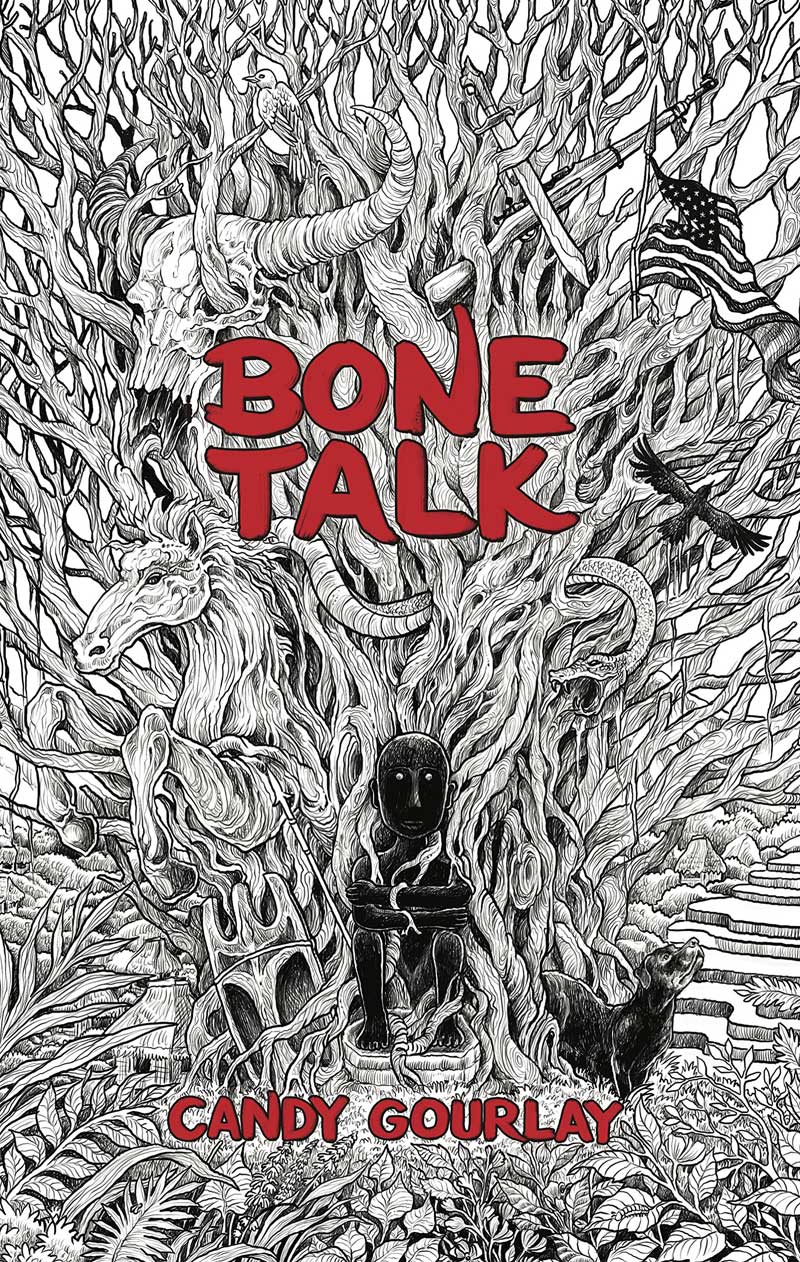Create your history

In her latest novel ‘Bone Talk,’ Filipino author Candy Gourlay bridges gaps in the past and ponders identity.
MANILA, Philippines — Set in 19th-century Philippines, Candy Gourlay’s third novel Bone Talk is told from the point of view of a young boy named Samkad, who lives in the mountains among his people and dreams of becoming a mighty warrior — the only world he’s ever known, as familiar as the back of his hand. That is, until a new boy arrives in the village and tells them about the Americans, who bring nothing but war and destruction, bringing into question everything Samkad thought he knew.
The novel balances powerful historical fiction with universal themes of friendship, family, identity and the coming-of-age, which makes it no surprise that it’s been shortlisted for the Carnegie Medal. And like the author’s previous books Tall Story and Shine, it uses Filipino culture and Filipino characters to tell a story that’s both unique and universal.
In this interview, Candy Gourlay talks about the inspiration behind Bone Talk, her research process, and how her stories have resonated with readers all over the world.
SUPREME: What was it that inspired you to write Bone Talk?
CANDY GOURLAY: A while back I was researching a book and I found this photograph of an Igorot dancing with an Edwardian woman, and it came from America. I was like, “What’s going on here?” The background was Filipino huts, but it was taken in America. And then I learned about 1904, the World’s Fair in St. Louis, Missouri, and that they (showed) Filipinos there. I wanted to write a story from the point of view of a child who was being shown.
I thought I was going to write a culture clash novel, but the more I researched it — I went to St. Louis, I went to Bontoc in the Mountain Province, spoke to a lot of people — I realized that it’s more like an identity novel. These people had a very clear identity; they knew who they were. The little boy wants to be a warrior. Then the Americans come, everything becomes muddy, and suddenly they don’t really know who they are. That’s a common experience Filipinos have had with colonialism, so that’s where I was coming from.

How much research went into the novel when you were writing?
I read everything I could get my hands on about that era, but all of the (records) were American. There were no Filipino voices. I had to find a way to get a sense of the voice of these people, since I’m not from that tribe. And then I found this American diary, kept by the wife of a man who (wrote about) the Igorot. The way she wrote it, she just described what was going on around her. She wrote about Igorot boys coming into her house, sitting on the floor, reading books. It was still a somewhat racist point of view, but it was real, and that allowed me to imagine how people were.
How important is it to you to continue including Filipino representation in your work?
I’m interested in representation and diversity because when I was a kid, I didn’t see myself in books. Most of the books in the Philippines were imported from America and the United Kingdom, and were about (Western) kids in big houses. I lived in a slum in Cubao, and none of that was real to me. It was like everything was a fantasy. It was great to read all of it, but (it felt like) my reality did not deserve to be in a book, and I loved books. It took me a long time to come to terms with that when I decided to write books. I’ve tried to write books with white children in them, set in places like London, and it took me a while to have the courage to (write what I know). I was very nervous when I wrote my first book Tall Story, half of which is set in the Philippines. I was really trying to create a bridge for the non-Filipino reader so they wouldn’t find Filipino culture weird. But that changed. I became more confident over time.
There’s a lot of pain in writing about yourself and being truthful because there’s a tendency to whitewash the characters. It’s funny because it’s fiction, but sometimes there’s more truth in fiction than in the newspapers sometimes.
How do you think Bone Talk resonates with modern readers, and what can they learn from it?
I’m really surprised at how well it has resonated with modern readers. I was astonished. It makes them aware about what’s going on in the Philippines, and that awareness is great. It makes the world smaller, maybe.
I really hope that both Western and Filipino readers ask questions. My books don’t give them any answers. They might think that they’re learning something about history, but there are also many, many questions. I really think that now is the time for everybody to learn when and how to ask questions. For me it’s important that young people today learn how to read, especially in the time of fake news. They learn how to ask questions, they learn how to judge what the agenda is behind the story.
* * *
Bone Talk is available at all National Book Store branches nationwide.















